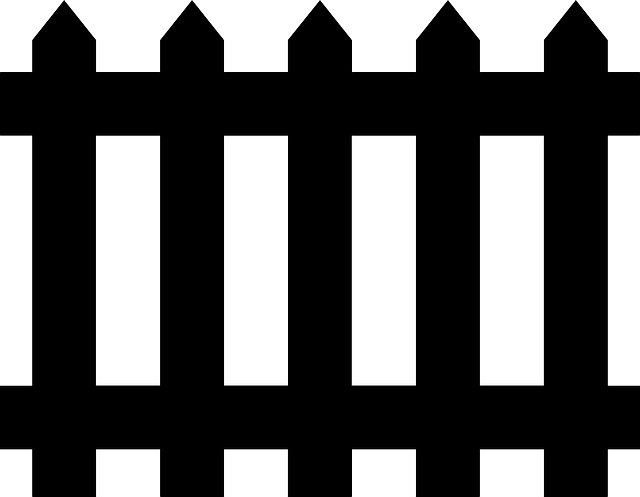Fencing off Elegance: The Ultimate Guide to Fence Staining and Sealing
A wooden fence is more than just a boundary; it’s an outdoor accent piece that reflects your style. Fence staining and sealing aren’t just about aesthetics, they’re crucial for protecting your investment. This comprehensive guide delves into the world of fence staining, exploring its benefits and diverse types, helping you choose the perfect formula. We’ll navigate the sealing process, uncover maintenance secrets, and ensure your wooden fence thrives for years to come.
- Understanding Fence Staining: Benefits and Types
- Choosing the Right Stain: Factors to Consider
- The Sealing Process: Protection and Longevity
- Maintenance Tips for Long-Lasting Results
Understanding Fence Staining: Benefits and Types
Fence staining is a popular method to enhance the beauty and durability of wooden fences. It involves applying a pigmented sealer or finish to the fence’s surface, which can transform its appearance while providing protection against the elements. Understanding the benefits and types of fence staining is crucial when deciding to take on this project.
One of the primary advantages is aesthetic improvement. Staining allows for a wide range of colors and finishes, enabling you to customize the look of your fence to match your personal style or complement surrounding landscapes. Additionally, it shields the wood from UV rays, moisture, and mold growth, preserving its integrity and extending its lifespan. Different staining types offer varying levels of protection; semi-transparent stains provide minimal coverage while still adding color, whereas solid colors offer maximum protection by sealing the wood completely.
Choosing the Right Stain: Factors to Consider
When selecting a fence stain, several key factors come into play. First, consider the type of wood your fence is made from. Different woods have distinct grain patterns and porosities, which will affect how the stain absorbs and wears over time. Some stains are formulated for specific types of wood to ensure optimal coverage and longevity.
The weather conditions in your area also demand attention. If you live in a region with frequent rainfall or extreme temperature fluctuations, opt for water-based or UV-resistant stains that can better withstand exposure without fading quickly. Additionally, think about the desired aesthetic. Stains come in various colors and finishes, from natural to dark tones, allowing you to enhance your fence’s beauty while also protecting it.
The Sealing Process: Protection and Longevity
The sealing process is an essential step in fence staining and plays a vital role in protecting your wooden fence from the elements. It involves applying a protective coat to the stained fence, creating a barrier that prevents water, UV rays, and other environmental factors from penetrating the wood. This simple yet effective method extends the life of your fence, ensuring it remains vibrant and sturdy for years to come.
By sealing your fence, you create a shield that repels moisture, which is crucial as water can cause wood to rot and deteriorate over time. The sealant also blocks harmful UV rays from the sun, preventing them from fading or damaging the wood’s fibers. This dual protection ensures your fence not only looks its best but also remains structurally sound, providing long-lasting beauty and functionality.
Maintenance Tips for Long-Lasting Results
Regular maintenance is key to keeping your stained and sealed fence looking its best for years to come. Start by cleaning the fence at least once a year, removing any dirt or debris that could interfere with the sealant’s effectiveness. Use a soft-bristled brush and a mild detergent or pressure washer, depending on the severity of the grime. After cleaning, reapply a fresh coat of sealer every 2 to 3 years, or as recommended by the product manufacturer. This will protect your fence from harsh weather conditions and UV damage, extending its lifespan significantly. Additionally, keep an eye out for any damaged or peeling sections and repair them promptly to prevent further deterioration.
